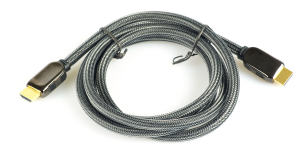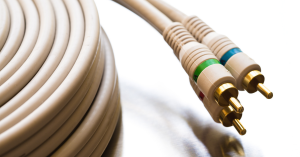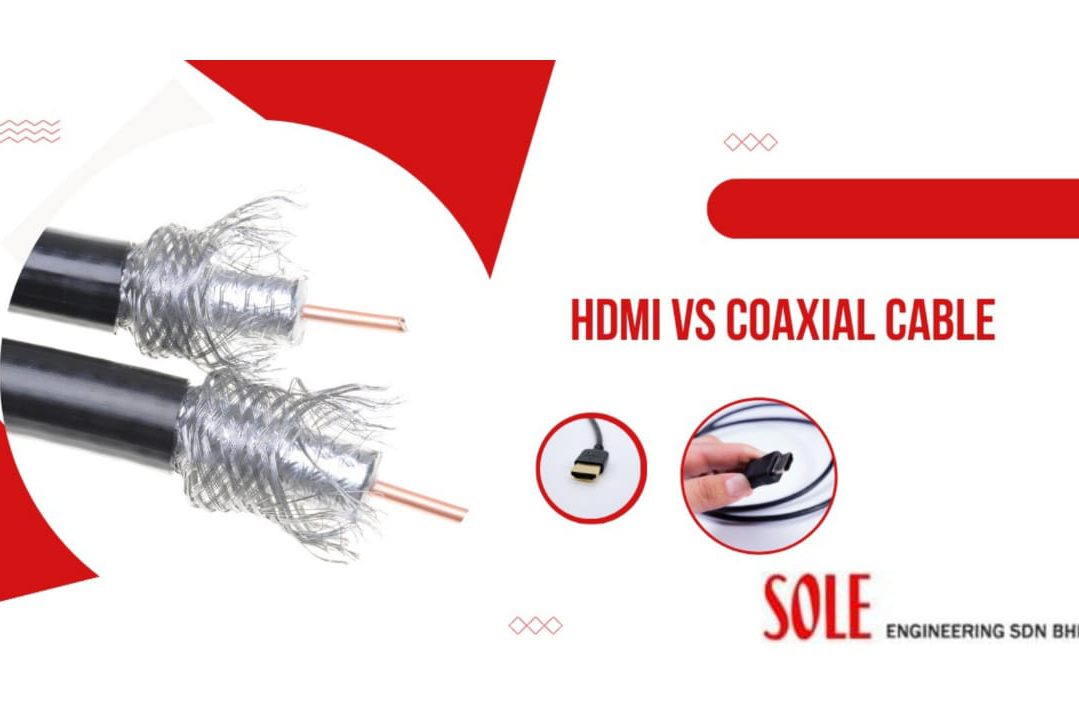When it comes to transmitting audio and video signals, two contenders often take the spotlight: HDMI Vs Coaxial Cable. Let’s unravel the debate and determine which one holds the upper hand in the world of connectivity.
Introduction To HDMI Vs Coaxial Cable Guide:
HDMI (High-Definition Multimedia Interface):
HDMI, a digital powerhouse, has become synonymous with high-quality audio and video transmission. Its primary advantage lies in its ability to carry both audio and video signals through a single cable, simplifying setups and reducing clutter.

HDMI Cable
1. High-Definition Brilliance:
HDMI supports high-definition resolutions, delivering crisp and clear images for your viewing pleasure. It’s the go-to option for modern devices, gaming consoles, as well as streaming devices.
2. Audio Nirvana:
With support for surround sound formats, HDMI ensures an immersive audio experience. It’s a crucial component for home theater setups, elevating your audiovisual enjoyment.
3. HDMI Vs Coaxial Cable – Versatility in Connectivity:
Lastly, HDMI is versatile, supporting various devices like TVs, monitors, projectors, and gaming consoles. Its widespread adoption makes it a standard in modern entertainment systems.
Coaxial Cable:
On the other hand, coaxial cables have been a stalwart in the connectivity realm for decades. Because, they are associated with cable TV, coaxial cables have adapted to transmit a range of signals.

Coaxial Cable
1. Sturdy and Reliable:
Coaxial cables are known for their durability and resistance to interference. They provide a stable connection, making them a reliable choice for cable television and internet services too.
2. Long-Range Prowess:
Furthermore, coax cables excel in long-distance signal transmission. This makes them ideal for scenarios where the source and destination are separated by considerable distances, such as in large homes or commercial buildings.
3. Broad Compatibility:
Additionally, coax cables remain relevant due to their compatibility with various devices, including older television models and certain audio systems. So, their adaptability ensures they can fit into diverse setups.
HDMI Vs Coaxial Cable: So, which one is better?
The answer depends on your specific needs and the devices in play. If you crave the latest in high-definition audio and video, HDMI is the modern champion. Its simplicity and versatility make it a go-to option for most contemporary setups.
However, if you prioritize reliability, durability, and long-range signal transmission, coaxial cables prove their mettle. They continue to be a steadfast option, especially in scenarios where modern high-definition features are not the primary concern.
HDMI Vs Coaxial Cable: Frequently Asked Questions (FAQs):
1. Are wireless HDMI connections better than traditional cables?
Wireless HDMI offers the convenience of cable-free setups, allowing for a cleaner aesthetic. However, the choice depends on factors like reliability, latency tolerance, and the specific needs of your devices. Evaluate your setup and preferences to determine the best fit.
2. Can I use HDMI cables for gaming, and do they affect performance?
HDMI cables are widely used for gaming and support high-definition resolutions and refresh rates. To optimize gaming performance, ensure you’re using an HDMI cable that meets the requirements of your gaming console or PC. Also, higher-quality cables may provide enhanced visuals and responsiveness.
Conclusion
In conclusion, the battle between HDMI vs coaxial cable is not about declaring a winner, but rather understanding their strengths and choosing the one that aligns with your unique requirements. Whether you’re diving into the world of high-definition entertainment or seeking a robust and reliable connection, the choice is yours to make.







